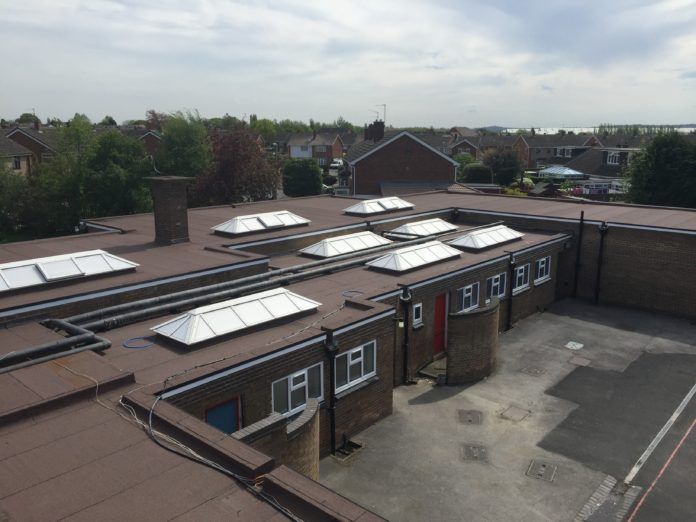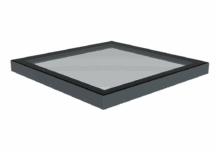The impact of COVID-19 has caused an estimated 13% fall in the volumes of installed flat roof waterproofing, according to the latest market report from AMA Research.
Since 2016, the market for flat roofs has grown largely due to an underlying improvement in newbuild and refurbishment output across the schools, higher education, offices, warehousing, infrastructure buildings and apartment sectors.
Until the disruption caused by COVID-19, the annual installed area of flat roof waterproofing had been increasing as construction activity across most key end use sectors had grown. However, in 2020 the area installed declined from around 35 million m2 to 30.7 million m2.
Commenting on the current state of the flat roof market, Alex Blagden, senior research manager at AMA Research, said: “While there are current issues around disruptions to the building materials supply chain, in particular shortages of a wide range of products and materials, as well as the shortages of roofers, among other trades, over the medium term to 2025, demand for flat roof waterproofing is forecast to increase.
“This year has seen a surge in construction activity as the UK emerges from COVID-19 restrictions, and with a trade agreement with the EU now in place, it has seen investor confidence begin to return across the commercial and industrial newbuild sector.”
Brexit and immigration issues have also had an impact on the significant skills shortage among trades and professionals in the construction industry, as a substantial number of workers from EU countries may well have left the UK. The roofing trade is one of the worst affected. Current skill shortage occupations for work visa purposes included no construction trades.
There are, however, several factors that will sustain some demand for flat roofing systems in the commercial and industrial market, e.g., the need to increase retail distribution centre capacity: growth in the build-to-rent apartment block sector and growing demand for green roofs.
In urban areas, factors likely to drive up demand for green roofs include increasing concerns about rainfall run-off, pollution and air quality, and a lack of private outdoor space. In rural areas, to date the main driver has been planning requirements demanding that buildings merge in with surrounding areas.




